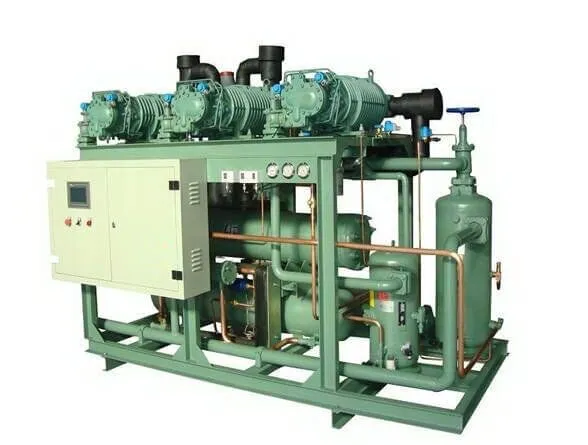mini potato cold storage
Efficient Cold Storage Solutions for Mini Potatoes
The rising demand for mini potatoes has significantly transformed the agricultural sector. With their unique texture and flavor, mini potatoes are increasingly popular among consumers, making their effective storage and preservation a critical aspect of the supply chain. This is where cold storage solutions come into play, ensuring that these small tubers remain fresh, nutritious, and appealing from farm to table.
Importance of Cold Storage
Cold storage is a vital technique in the preservation of mini potatoes. Proper temperature control can dramatically extend their shelf life, preventing spoilage and minimizing losses. Mini potatoes are susceptible to various biological factors, including rot and sprouting, which can occur due to poor handling and inadequate storage conditions. By maintaining a consistent low temperature, growers and retailers can inhibit these processes, allowing mini potatoes to remain in optimal condition for longer periods.
Ideal Storage Conditions
For mini potatoes, the ideal storage temperature is generally between 4°C to 7°C (39°F to 45°F). At these temperatures, the respiration rate is significantly reduced, which helps to slow down the aging of the potatoes. Additionally, humidity levels should be maintained at around 95% to prevent dehydration. Excess moisture, however, can promote mold growth, so finding the right balance is essential. Proper ventilation is also crucial to allow for airflow, which helps in regulating humidity and preventing the buildup of ethylene gas, a natural byproduct of potato respiration that can accelerate spoilage.
Selecting the Right Cold Storage System
mini potato cold storage

When it comes to choosing a cold storage system for mini potatoes, several options are available. Farmers and distributors can opt for walk-in coolers, refrigerated containers, or even advanced cold storage facilities designed specifically for root vegetables. Each of these solutions comes with its own set of advantages. For instance, walk-in coolers provide ample space for bulk storage and are suitable for larger operations, while refrigerated containers offer flexibility and mobility, catering to remote locations or smaller suppliers.
Moreover, modern advancements in technology have led to the development of smart cold storage systems. These systems utilize sensors and IoT (Internet of Things) technology to monitor and adjust temperature and humidity levels in real-time. This capability ensures that mini potatoes are preserved under the best possible conditions, alerting managers to any fluctuations that could jeopardize the product's quality.
The Economic Impact
Investing in efficient cold storage solutions for mini potatoes can yield significant economic benefits. By reducing spoilage rates and extending shelf life, producers can minimize wastage and maximize profits. Frozen or processed mini potatoes can also be created from surplus stock, offering additional revenue streams and reducing the risk associated with unsold inventory. Furthermore, ensuring high-quality produce can enhance brand reputation and customer loyalty, encouraging repeat business.
Conclusion
As the demand for mini potatoes continues to grow, the importance of proper cold storage cannot be overstated. By investing in effective cold storage solutions and adhering to the ideal storage conditions, suppliers can maintain the freshness and quality of mini potatoes, satisfy consumer preferences, and ultimately contribute to a more sustainable agricultural model. With advancements in technology paving the way for smarter storage systems, the future of mini potato cultivation and distribution looks promising, ensuring that these delightful little tubers remain popular on dining tables around the world.
















































































































